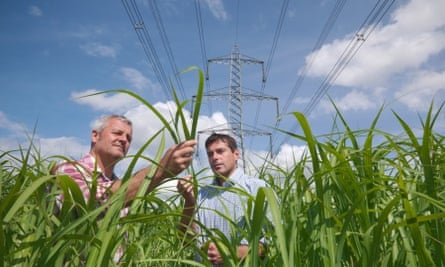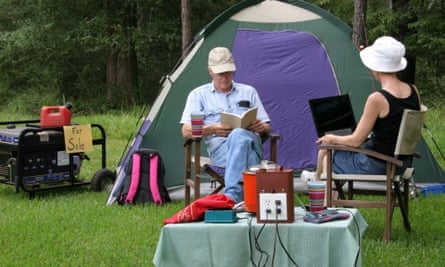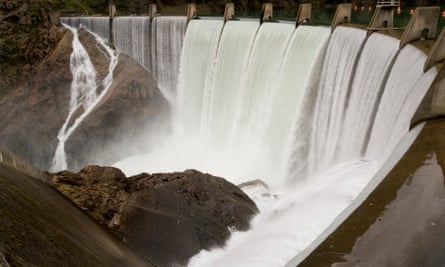Solar and wind are two important and familiar sources of renewable energy. But the list of promising and widely used alternative energy is growing. Scroll through to see the increasing clean energy choices that are available to power our lives.
Ocean power
The rhythmic and powerful movements of the ocean current and waves can drive electric generators to produce a steady stream and vast amount of power, which would then be transported to land via cables. They present a tantalizing promise for clean energy.
But developing equipment that will effectively capture that mechanical energy and withstand the corrosive salt water and other natural elements out in the ocean has proven extremely challenging. There are no commercial ocean energy power plants in the country, though a number of research and pilot projects have taken place in California, Oregon, Hawaii and New Jersey. Those projects test equipment designs, which resemble everything from giant jellyfish to a snake, to see how well they perform in the rough environment and whether they could efficiently produce enough energy to justify the steep costs of installing and operating them.
Biomass

Electricity produced by plants or animal byproducts is called biomass energy. Biomass power plants typically directly burn feedstock such as wood chips, agricultural waste, some types of garbage or animal manure to produce electricity. Or they can convert the materials into combustible gases, then burn those to generate power. Biomass power accounts for 12% of the country’s renewable energy generation. Biomass is used worldwide for electricity generation. Sweden, for example, relies on biomass for 30% of its energy, most of which goes to heat homes and businesses and operates factories.
Fuel cells

Fuel cells produce energy through chemical reactions that combine hydrogen with oxygen. When a hydrogen-rich fuel such as natural gas or biogas flows through a fuel cell and reacts with oxygen, it produces electricity, heat and water. Fuel cells, which emit about half of the emission of a fossil fuel power plant, aren’t cheap enough to become a primary power source, but they are being used by a growing number of companies to provide backup power as well as reduce their carbon footprints. Fuel cells also are making their way into the automotive world to create zero-emissions cars.
Geothermal

Humans have been harnessing the power of super-hot steams underneath the Earth’s surface for more than 10,000 years, but the first geothermal power generator wasn’t built until 1904 in Italy. The first geothermal power plant in the United States came online in 1921 to help run a hot spring resort at The Geysers in northern California. The Geysers, which covers 7,769 hectares [19,197 acres], is the world’s largest geothermal field and home to nearly a dozen power plants. Geothermal makes up 3% of the country’s renewable energy generation.
Hydropower

Hydropower is one of the oldest sources of electricity in human history and is used by every state in the country. The world’s first commercial hydropower plant came online on the Fox River of Appleton, Wisconsin, in 1882. Hydropower is also the largest source of renewable energy, accounting for just more than 6% of US electricity generation and 92% of renewable energy production in 2014. Washington state, in particular, relies on hydropower for more than 70% of its electricity.
Content on this page is brought to you by NRG Energy.
